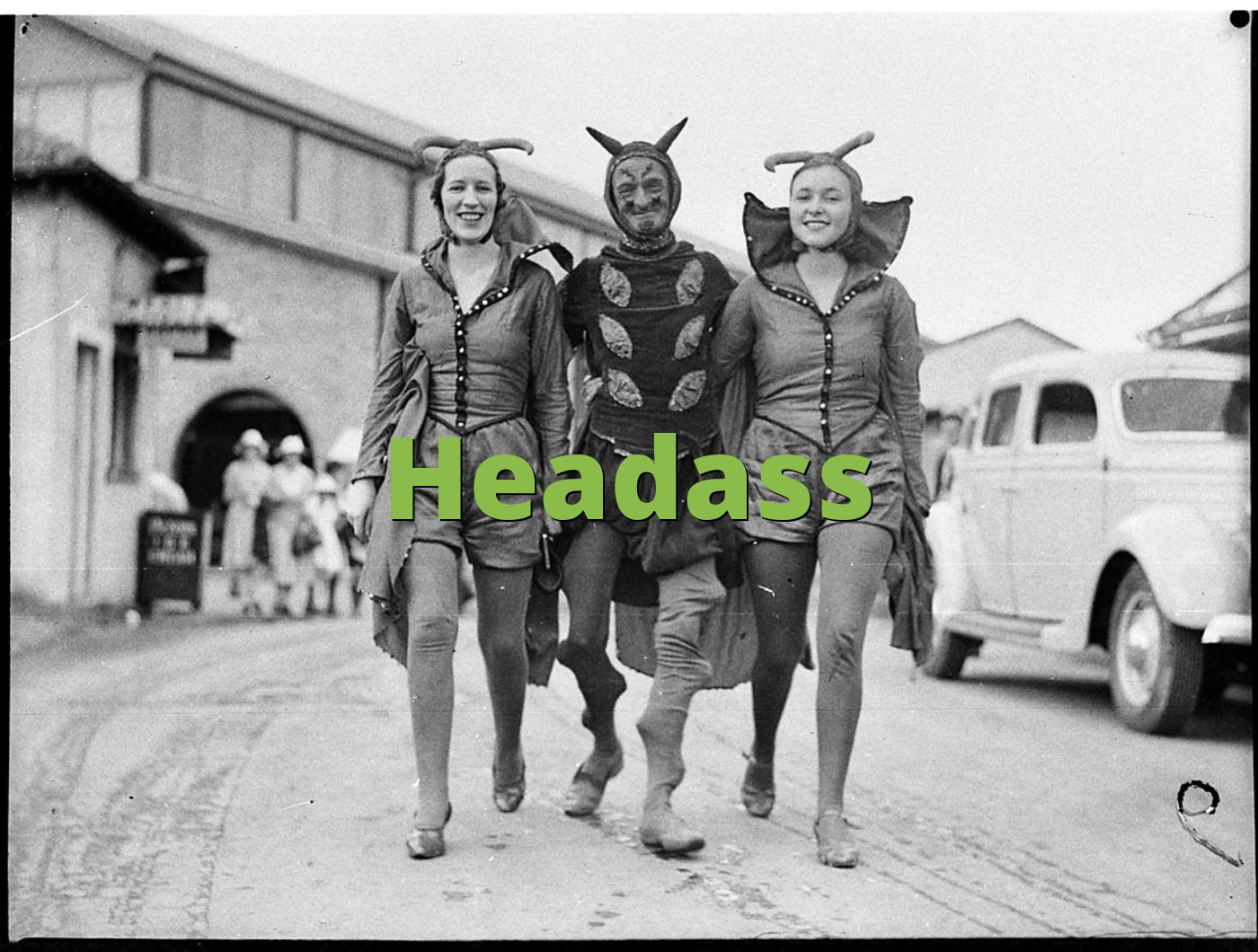The Unspoken Language Of Desire: Decoding Slang For Horny
In the vast tapestry of human communication, few threads are as intriguing and constantly evolving as slang. These informal words and phrases, often born from subcultures and shared experiences, serve as a dynamic reflection of our collective consciousness. From internet acronyms like "lol" and "fomo" that punctuate our digital conversations to the myriad of terms used in everyday speech, slang allows for nuanced expression, often conveying meaning more efficiently or playfully than formal language. Among the most fascinating and sometimes sensitive categories of slang are those terms used to describe states of sexual arousal, commonly referred to as "slang for horny." This article delves into the linguistic landscape of desire, exploring why these terms emerge, how they function, and the crucial role of context in their appropriate use.
Understanding the informal lexicon surrounding sexual desire is not merely an exercise in vocabulary; it's a window into societal norms, evolving attitudes towards intimacy, and the human need to express complex emotions in accessible ways. Just as we use "brb" to signal a temporary absence or "wym" to clarify intent in a text, informal expressions of arousal fulfill a specific communicative need. They can convey a sense of immediacy, playfulness, or even vulnerability, depending on the context and the relationship between speakers. This exploration aims to shed light on this often-whispered corner of language, emphasizing the importance of respect, understanding, and clear communication in all forms of human interaction.
Table of Contents
- The Evolving Language of Desire: Why Slang Matters
- Decoding "Slang for Horny": A Linguistic Deep Dive
- Historical Roots and Modern Twists: How We Talk About Arousal
- Beyond the Obvious: Nuances in "Slang for Horny"
- Context is King: Using Intimate Slang Responsibly
- The Psychology Behind Intimate Slang: Why Do We Use It?
- Cultural Variations: "Slang for Horny" Around the World
- Navigating the Digital Age: Intimate Slang in Online Communication
- The Future of Intimate Lexicon: What's Next?
The Evolving Language of Desire: Why Slang Matters
Language is a living entity, constantly adapting to reflect societal changes, technological advancements, and shifts in cultural norms. Slang, in particular, is the most agile part of this linguistic organism. It allows for quick, often witty, and sometimes subversive communication. Think about how rapidly terms like "rizz" or "simp" entered the popular lexicon, illustrating how new concepts or existing ideas are given fresh, concise labels. This dynamic nature is especially evident when discussing sensitive topics like sexual desire. Formal language can often feel too clinical, too direct, or simply inadequate to capture the complex mix of emotions, sensations, and intentions associated with arousal. This is where "slang for horny" steps in, offering a spectrum of expressions that can range from playful and suggestive to blunt and explicit, depending on the speaker's intent and the context. The need for such informal terms stems from several factors. Firstly, there's a universal human inclination to find more concise or evocative ways to express common experiences. Secondly, informal language often serves as a form of social bonding, creating an in-group understanding among those who share the same lexicon. Using a particular "slang for horny" can signal familiarity, trust, or a shared sense of humor between individuals. Thirdly, slang can act as a euphemism, allowing individuals to discuss potentially taboo or private subjects without resorting to overly formal or direct language that might feel awkward or confrontational. This allows for a certain level of deniability or ambiguity, which can be useful in navigating social interactions, especially those with a romantic or sexual undertone. The evolution of these terms mirrors broader societal shifts in how openly and comfortably people discuss sexuality, moving from more veiled expressions to, in some contexts, more direct ones.Decoding "Slang for Horny": A Linguistic Deep Dive
When we talk about "slang for horny," we're not just discussing a list of words; we're examining a fascinating linguistic phenomenon. These terms are often metaphorical, drawing parallels between arousal and other intense states or physical sensations. For instance, some terms might evoke a sense of heat, urgency, or even a playful animalistic instinct. The creativity in coining such slang is remarkable, reflecting a shared human experience translated through diverse cultural lenses. Unlike formal definitions, which aim for precision and universality, slang thrives on its informal, often localized, and sometimes transient nature. A term popular in one demographic or region might be completely unknown or hold a different meaning elsewhere. The informal nature of "slang for horny" means it's less about strict dictionary definitions and more about shared understanding and contextual cues. Just as "lol" means "laughing out loud" but is often used to simply acknowledge something humorous, or "fomo" describes "fear of missing out" but is used to convey a general sense of anxiety about social events, the nuances of intimate slang are critical. The exact meaning and implication of a specific term can vary wildly based on who is saying it, to whom they are saying it, and in what situation. This inherent ambiguity, while sometimes leading to miscommunication, also allows for a degree of subtlety and playfulness that formal language often lacks. It highlights how language is not just a tool for conveying information but also for building relationships, expressing identity, and navigating complex social dynamics.Historical Roots and Modern Twists: How We Talk About Arousal
The concept of using informal language to describe sexual desire is far from new. Throughout history, societies have developed various euphemisms, metaphors, and direct colloquialisms to discuss arousal. From ancient texts to Shakespearean plays, informal expressions for sexual states have always existed, often reflecting the prevailing social attitudes towards sexuality – whether it was seen as something to be celebrated, tolerated, or suppressed. In earlier eras, when open discussion of sexuality was more taboo, "slang for horny" often took on a more coded or veiled form, relying heavily on innuendo and double entendre. These terms allowed people to communicate about intimate matters without explicitly violating social strictures. In modern times, particularly with the advent of the internet and the rapid exchange of information, the evolution of "slang for horny" has accelerated. The digital age has created new avenues for language to spread and mutate. Online communities, social media platforms, and instant messaging services have become incubators for new slang, including terms related to sexual desire. The speed at which these terms can emerge, gain popularity, and sometimes fade away is unprecedented. What was once a regional colloquialism can now become a global phenomenon overnight. This rapid evolution means that staying abreast of contemporary "slang for horny" can be challenging, as new terms constantly emerge and older ones fall out of favor. However, the underlying function remains the same: to provide an informal, often concise, way to express a universal human experience.Beyond the Obvious: Nuances in "Slang for Horny"
It's easy to assume that all "slang for horny" serves the same blunt purpose, but a closer look reveals a rich tapestry of nuance and intention. Some terms might be playful and teasing, used to initiate flirtation or express lighthearted desire. Others might be more direct and intense, signaling a strong, immediate urge. There are also terms that carry a degree of self-deprecation or humor, allowing individuals to acknowledge their state of arousal without taking themselves too seriously. The choice of a particular slang term can reveal a great deal about the speaker's personality, their relationship with the listener, and the specific context of the interaction. Consider the difference in tone and implication between a casual, almost throwaway phrase and a more pointed, direct expression. The former might be used among close friends to share a relatable feeling, while the latter might be reserved for intimate partners to communicate desire directly. Furthermore, some terms might carry cultural or subcultural connotations that are not immediately obvious to outsiders. This complexity underscores why understanding "slang for horny" goes beyond mere translation; it requires an appreciation for the social and emotional layers embedded within the language. The specific term chosen can indicate levels of comfort, intimacy, and even power dynamics within a conversation, making its interpretation highly dependent on non-verbal cues and shared history.Context is King: Using Intimate Slang Responsibly
Perhaps the most critical aspect of using any form of slang, especially "slang for horny," is understanding and respecting context. The same word or phrase that is perfectly acceptable and even endearing in one situation can be offensive, inappropriate, or even threatening in another. This is where the principles of responsible communication, empathy, and social intelligence become paramount. Just as you wouldn't use highly technical jargon with someone unfamiliar with the field, or formal business language in a casual family setting, the use of intimate slang demands careful consideration of the environment and the individuals involved. Misjudging the context can lead to awkwardness, misunderstanding, or even significant harm.Understanding the Audience and Setting
Before using any "slang for horny," it's crucial to consider who your audience is and what the setting is. Is this a private conversation with a consensual partner? Is it a casual chat with close friends who share your sense of humor and understanding? Or is it a public forum, a professional environment, or a conversation with someone you don't know well? The appropriateness of the language shifts dramatically across these scenarios. In a private, consensual setting, intimate slang can enhance connection and express desire in a way that feels natural and exciting. In a public or professional setting, however, such language is almost universally inappropriate and can be perceived as harassment, unprofessionalism, or a lack of respect. Always err on the side of caution if you are unsure.The Importance of Consent and Clarity
Beyond just the setting, the most vital consideration is consent. When "slang for horny" is used in a romantic or sexual context, it must be part of a broader framework of mutual consent and clear communication. Is the other person comfortable with such language? Have they expressed a desire for this type of communication? Language, especially intimate language, should never be used to pressure, coerce, or make someone uncomfortable. If there's any ambiguity, it's always best to default to more formal or neutral language and explicitly ask about comfort levels. Clarity is also paramount. While slang can be nuanced, it should not be so ambiguous that it leads to misinterpretation about intentions or boundaries. Effective communication, even with slang, means ensuring your message is received as intended and that the other person feels respected and safe.The Psychology Behind Intimate Slang: Why Do We Use It?
The use of "slang for horny" is not just a linguistic phenomenon; it also has deep psychological roots. One primary reason is the human need for intimacy and connection. Informal language, especially when it touches on personal or sensitive topics, can foster a sense of closeness and shared understanding. It creates a linguistic "in-group" where individuals feel comfortable expressing aspects of themselves that might otherwise remain hidden. For many, using such slang can be a way to express vulnerability, trust, and a desire for connection with another person on a deeper, more personal level. It can be a shorthand for complex emotions, signaling readiness for intimacy without lengthy explanations. Furthermore, slang often serves as a coping mechanism or a way to inject humor into potentially awkward or intense situations. Discussing sexual desire can be inherently vulnerable, and using playful or informal terms can lighten the mood, reduce tension, and make the conversation more approachable. It can also be a form of rebellion against societal norms that often stigmatize open discussions of sexuality. By using informal, often subversive language, individuals can reclaim agency over their bodies and desires, expressing them in ways that feel authentic to them. This psychological dimension underscores that "slang for horny" is more than just words; it's a tool for emotional expression, social bonding, and navigating the complex landscape of human desire.Cultural Variations: "Slang for Horny" Around the World
Just as general slang varies significantly across different languages and cultures, so too does "slang for horny." What might be a common and accepted term in one culture could be completely unheard of, or even highly offensive, in another. These variations reflect diverse cultural attitudes towards sexuality, modesty, humor, and directness. Some cultures might prefer highly metaphorical or poetic expressions, while others might favor more direct, albeit still informal, terms. The influence of media, globalization, and migration also means that slang terms can cross linguistic and cultural boundaries, sometimes adopting new meanings or connotations in the process. For instance, the way sexual desire is discussed in a highly individualistic Western culture might differ significantly from a more collectivistic Eastern culture, where indirect communication and preservation of harmony are prioritized. This global diversity highlights the importance of cultural sensitivity when encountering or using "slang for horny" outside of one's familiar linguistic environment. It reinforces the idea that language is deeply intertwined with culture and that effective communication requires an awareness of these underlying nuances. Understanding these variations can broaden one's appreciation for the richness of human language and the myriad ways in which people express their innermost desires.Navigating the Digital Age: Intimate Slang in Online Communication
The digital age has revolutionized how we communicate, and this extends profoundly to the realm of intimate slang. Online platforms, from instant messaging apps to social media, have become fertile ground for the creation and dissemination of new terms, including "slang for horny." The speed and informality of digital communication lend themselves perfectly to the use of shorthand and colloquialisms. Just as "lol" became ubiquitous in text messages, and "fomo" is a common hashtag, so too have informal expressions of arousal found their place in digital conversations. However, the unique characteristics of online communication also introduce new challenges and considerations.Texting and Social Media: New Frontiers
Texting and social media offer a new frontier for "slang for horny." The absence of non-verbal cues like tone of voice, facial expressions, and body language means that the words themselves carry a heavier burden of meaning. Emojis and GIFs can help convey tone, but they are not always sufficient to prevent misinterpretation. The rapid-fire nature of texting can also lead to less thought-out communication, where a quick, informal term might be sent without full consideration of its potential impact. On social media, the public nature of posts means that what might be intended as a private or playful message could be seen by a much wider audience, leading to unintended consequences. This environment necessitates even greater care and clarity when using intimate slang.The Pitfalls of Misinterpretation
The biggest pitfall of using "slang for horny" in digital communication is the high risk of misinterpretation. A term intended playfully could be read as aggressive; a suggestive comment could be seen as explicit. The lack of immediate feedback loops (like a confused glance or a change in vocal tone) means that misunderstandings can fester. Screenshots can also immortalize and decontextualize messages, making it crucial to be mindful of what is put into writing. Therefore, while digital platforms offer convenience and immediacy, they also demand a heightened awareness of how intimate slang might be perceived by others, emphasizing the need for clear, unambiguous communication, especially when discussing sensitive topics.The Future of Intimate Lexicon: What's Next?
The evolution of "slang for horny" is an ongoing process, reflecting the ever-changing nature of language and society itself. As new technologies emerge, social norms shift, and cultural conversations around sexuality continue to evolve, so too will the informal lexicon used to describe desire. We might see new terms emerge from online communities, influenced by memes, popular culture, or global linguistic exchanges. There could be a move towards more gender-neutral terms, or expressions that reflect a broader understanding of sexual identity and orientation. The future of this intimate lexicon will undoubtedly be shaped by how openly and inclusively societies choose to discuss sexuality. Ultimately, understanding "slang for horny" is about more than just knowing a few informal words. It's about appreciating the dynamic nature of language, the subtle ways in which humans express their deepest desires, and the critical importance of context, consent, and respect in all forms of communication. As language continues its journey, these informal terms will remain a fascinating barometer of our collective consciousness, offering insights into how we navigate the complex, often unspoken, world of human intimacy.The exploration of "slang for horny" reveals the intricate dance between language, culture, and human experience. We've delved into why these terms emerge, their nuanced meanings, and the historical and digital contexts that shape their use. Most importantly, we've underscored the paramount importance of responsible communication, emphasizing that context, audience, and, above all, consent, are non-negotiable when discussing intimate matters.
What are your thoughts on the evolving language of desire? Have you noticed any new "slang for horny" terms emerging in your circles, or perhaps seen how older terms are being repurposed? Share your insights and experiences in the comments below. Your perspectives help enrich our collective understanding of this fascinating linguistic phenomenon. If you found this article insightful, consider sharing it with others who might be interested in the nuances of language and communication. And for more deep dives into the world of slang and its impact on our daily lives, explore other articles on our site!

Horny » What does Horny mean? » Slang.org

Horny » What does Horny mean? » Slang.org

Horny Meaning » Slang term definition & example usage » Slang.org